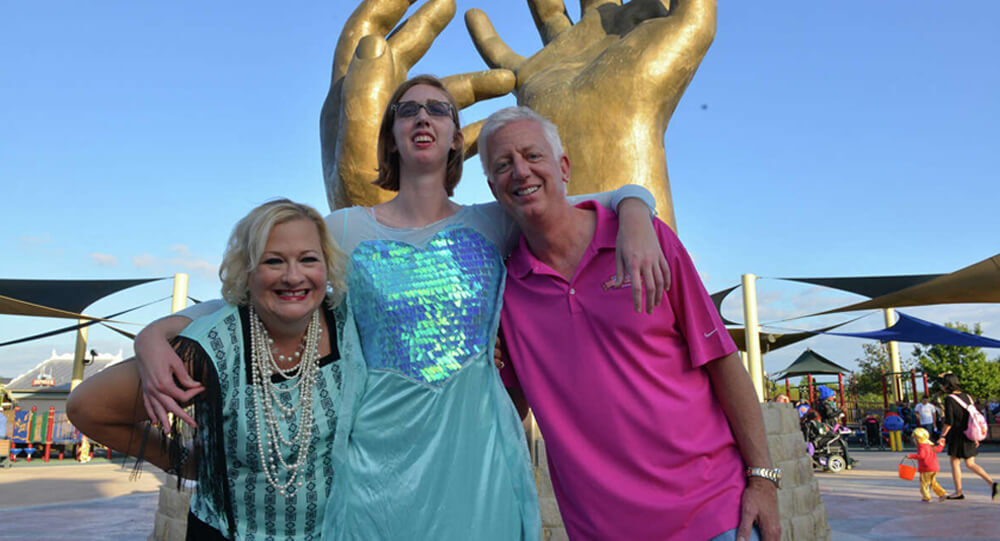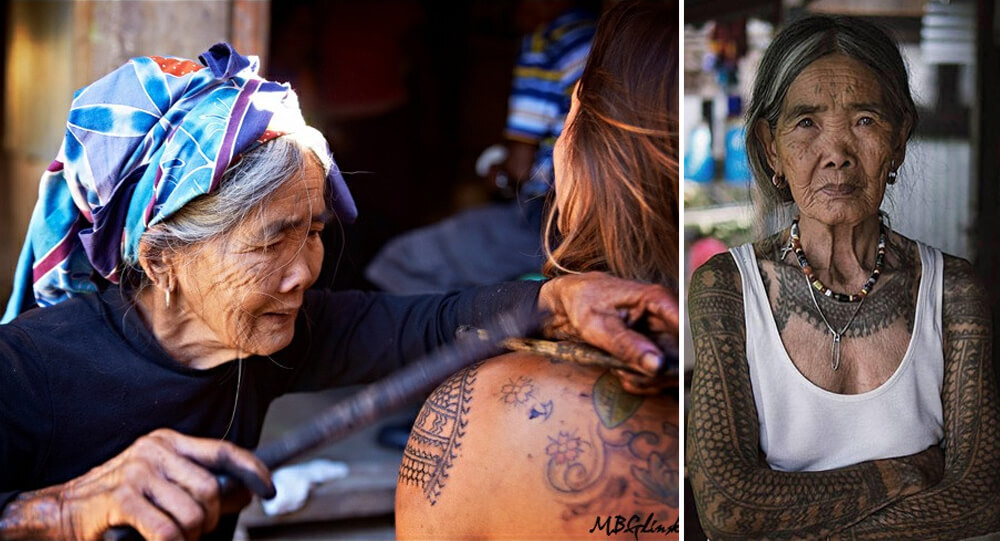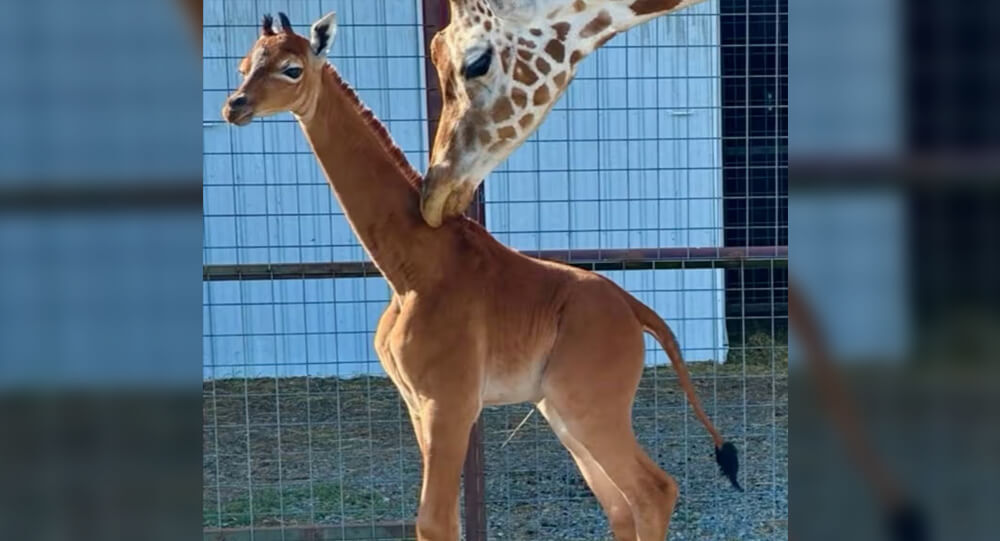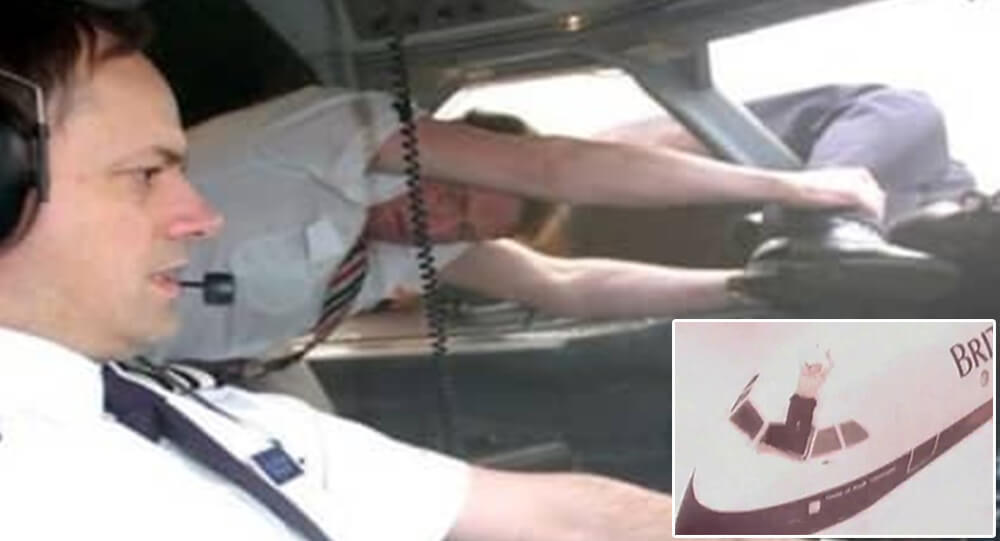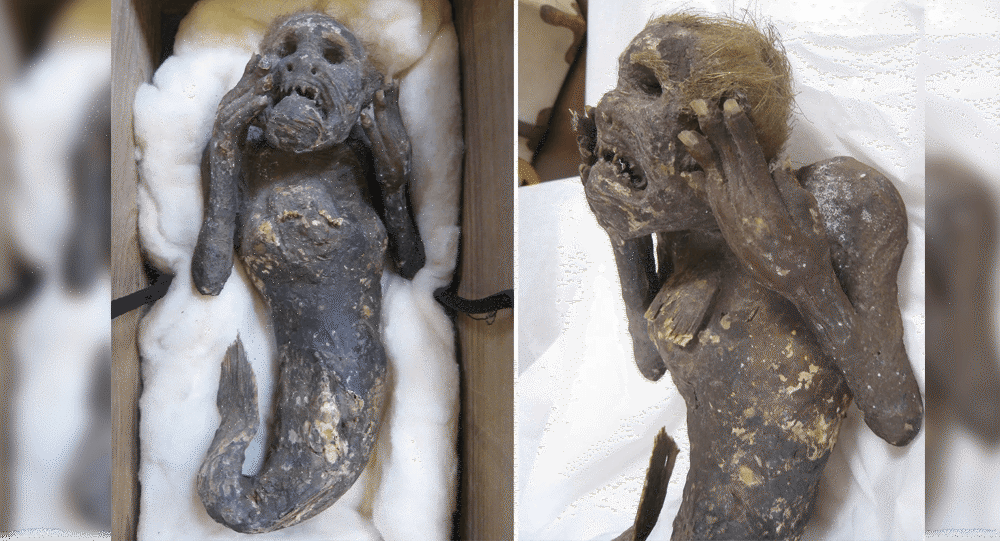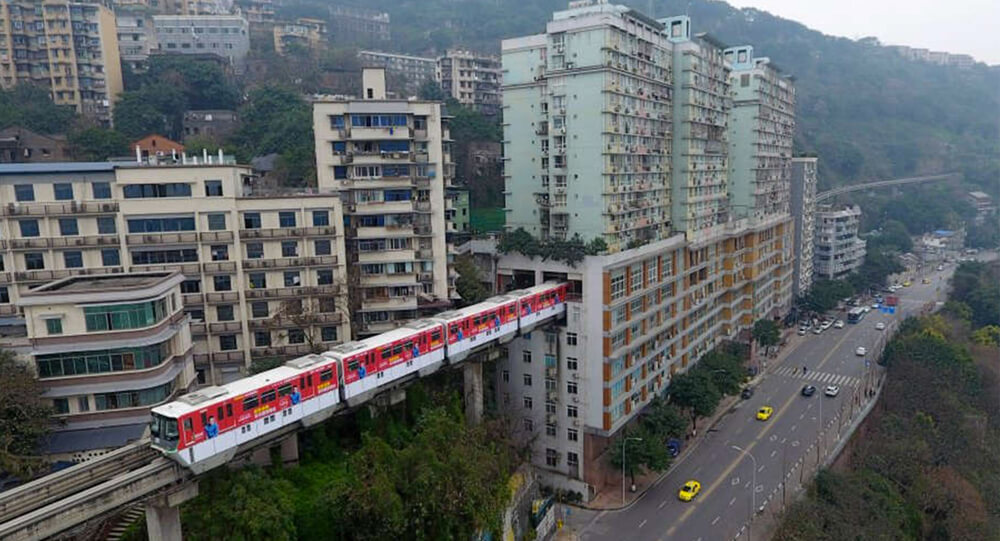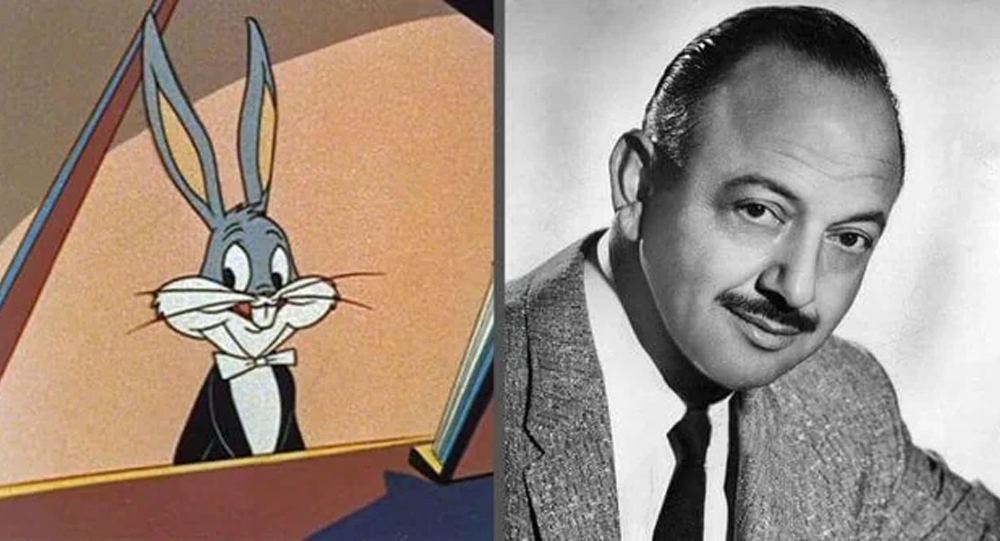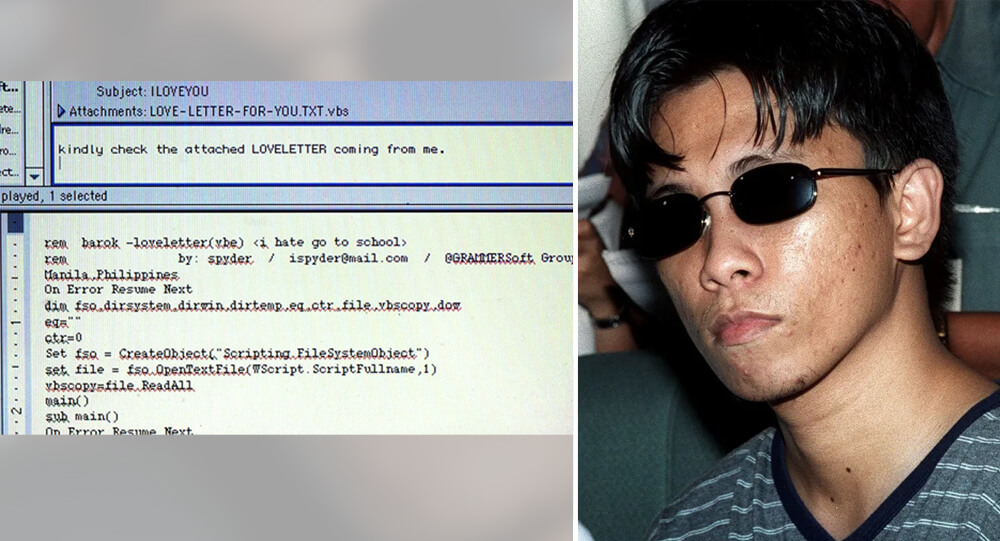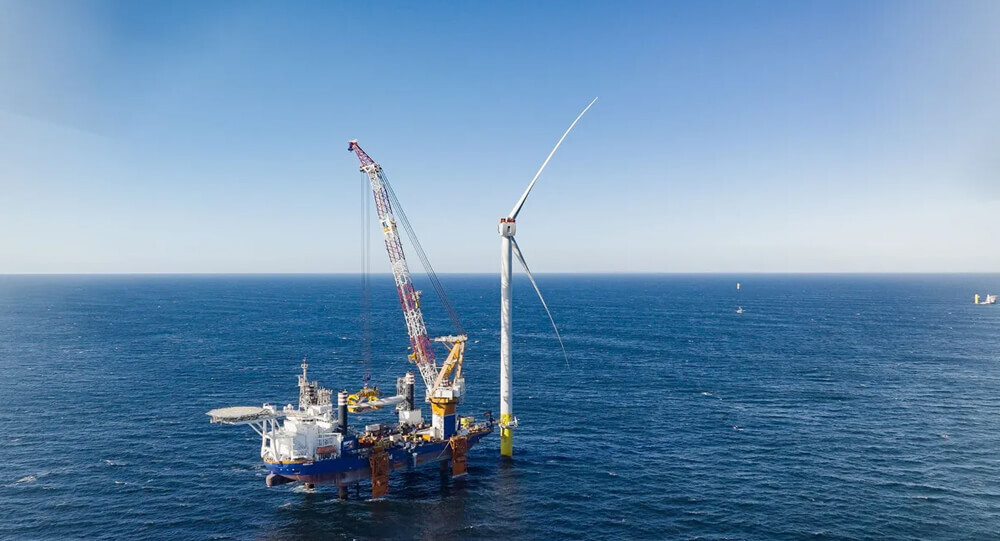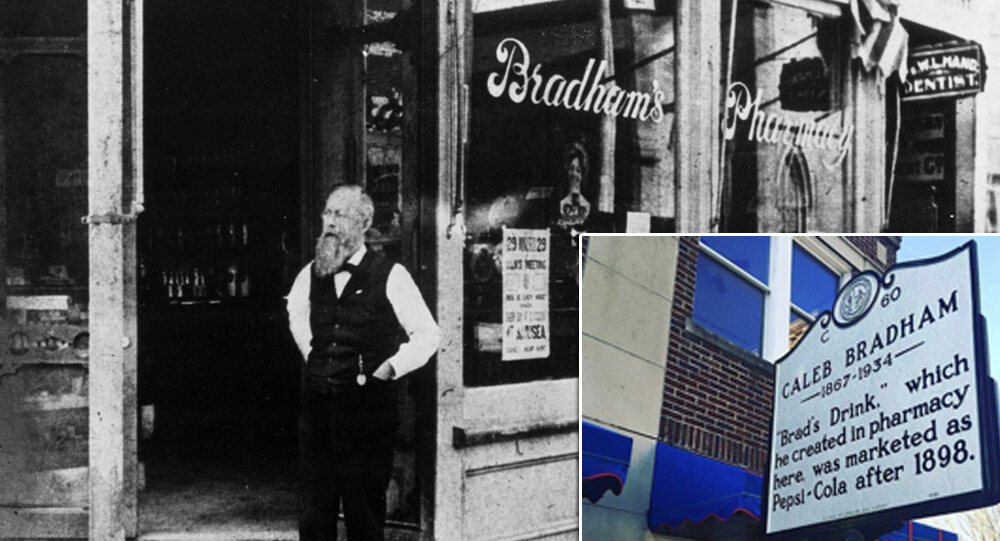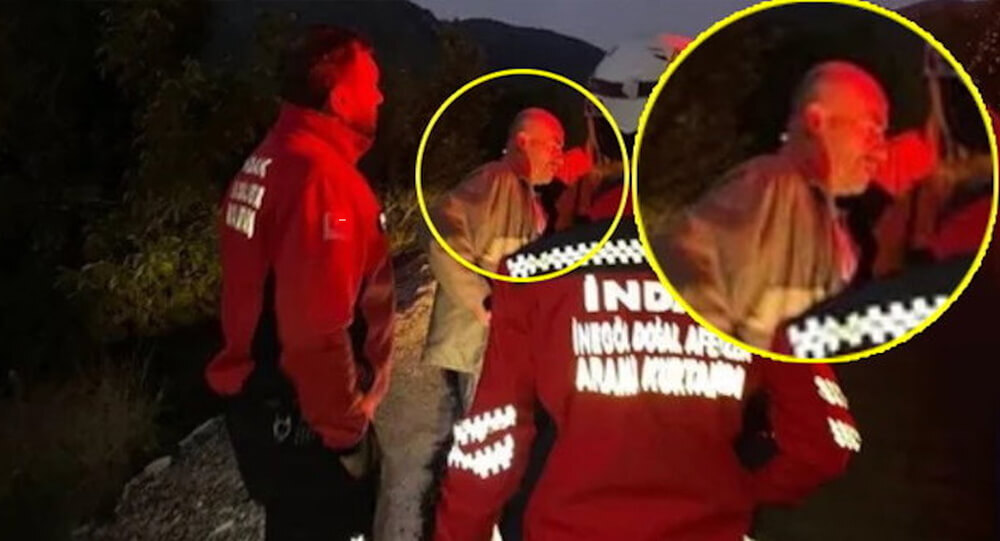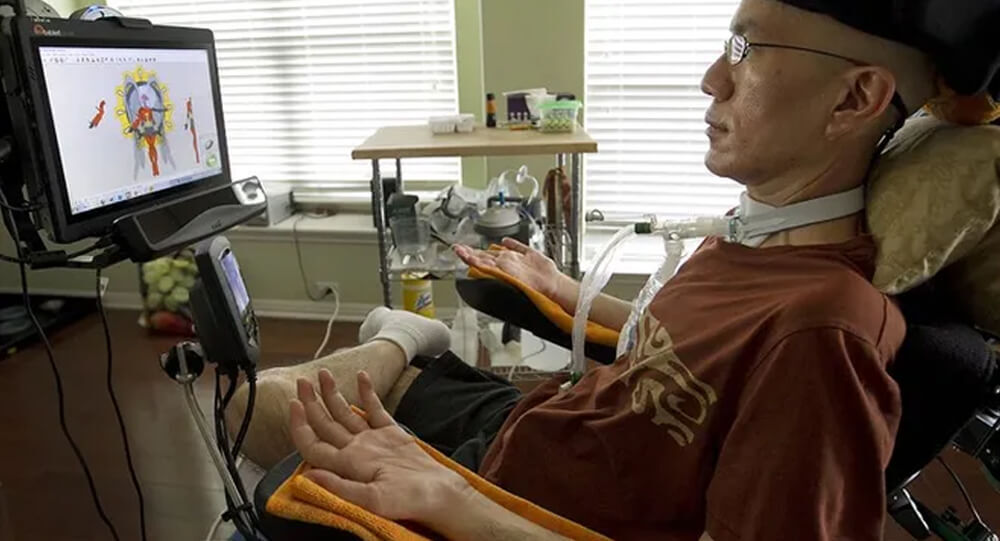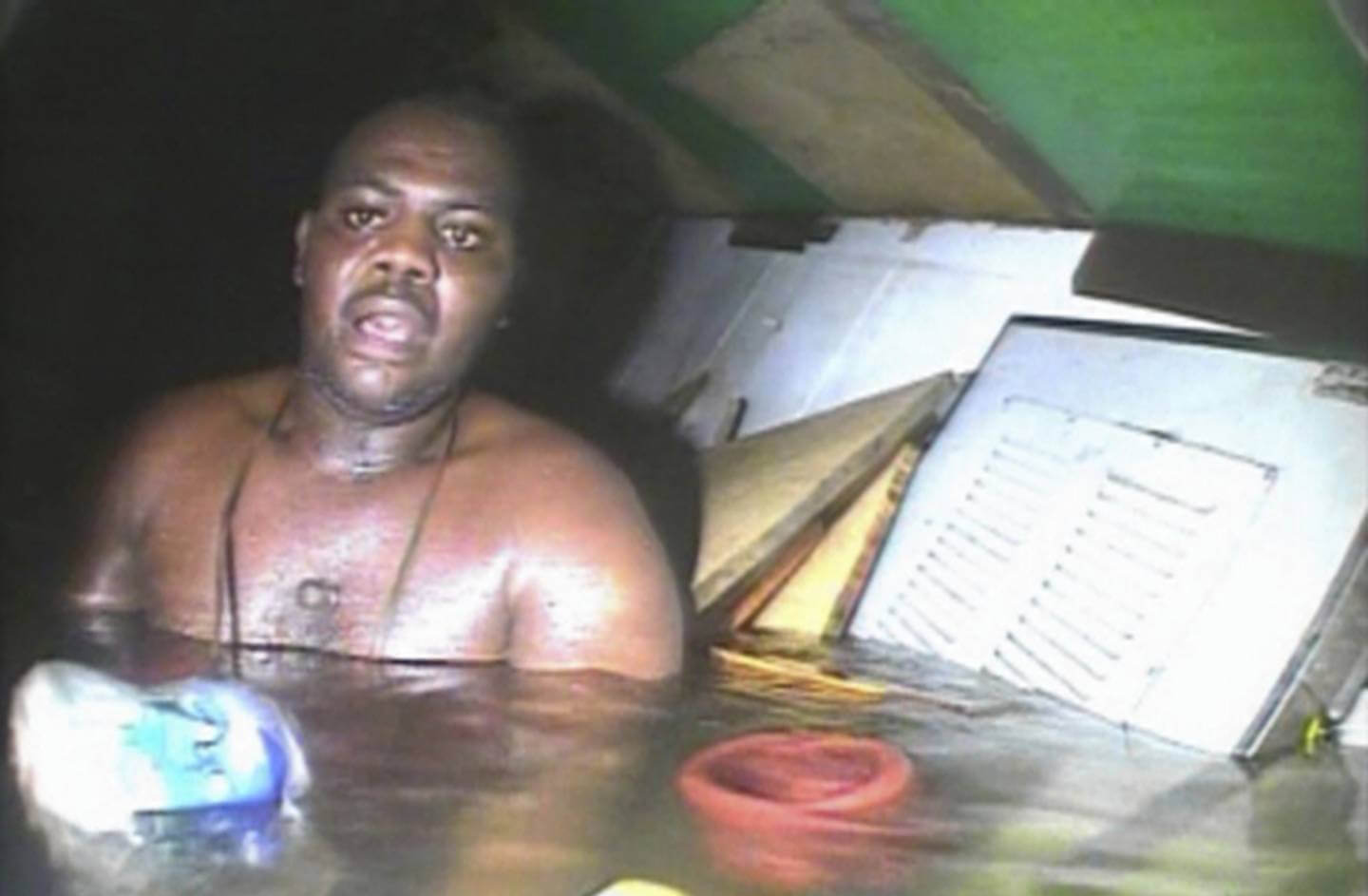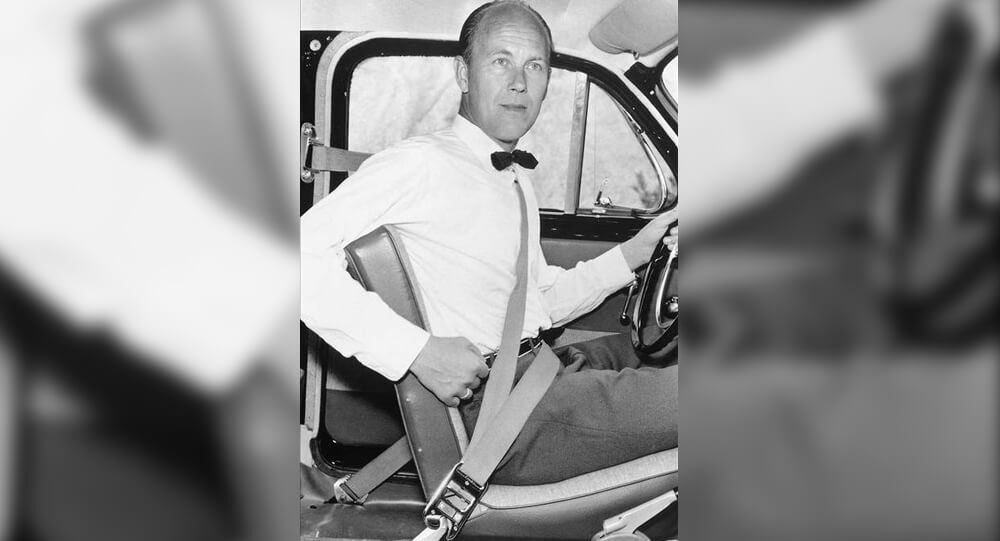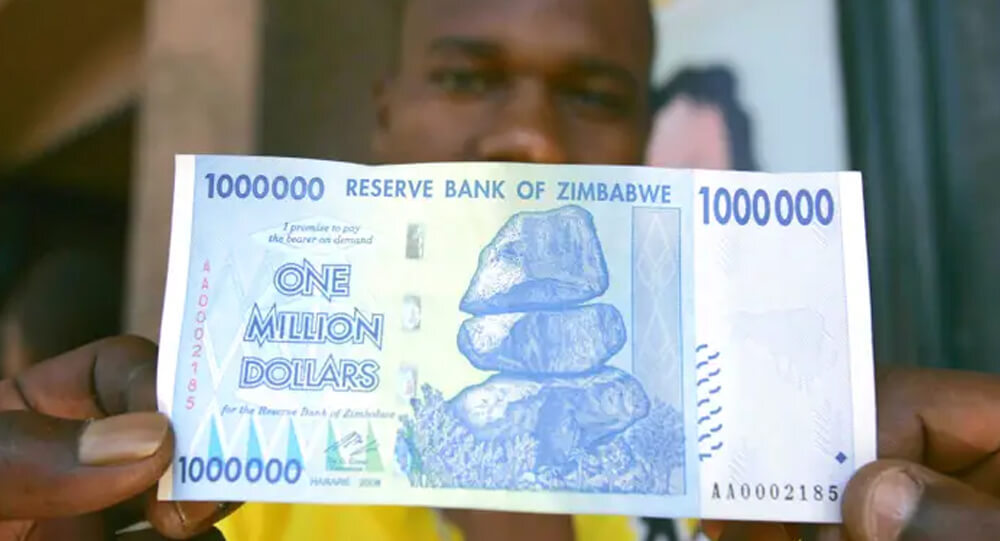

Hyperinflation of the Zimbabwe dollar turning phasing out their local money in 2015
Late in the 2000s, Zimbabwe’s economy suffered a severe downturn that set off a destructive hyperinflationary spiral that peaked in 2009. Wide-ranging effects of this economic crisis include skyrocketing prices for goods and services and a rapid depreciation of the local currency, the Zimbabwe dollar. The government launched a number of interventions in response to the dire circumstances, and ultimately decided to adopt a number of foreign currencies as legal tender in an effort to stabilize the economy. The causes and effects of Zimbabwe’s 2009 hyperinflation are explored in this article, along with the government’s response plans and the 2015 phase-out of the Zimbabwe dollar. Furthermore, it evaluates the impact of these measures on the economy and the citizens, draws lessons from the experience, and explores the future implications for Zimbabwe’s monetary policy.
The economic crisis in Zimbabwe and the 2009 hyperinflation
Southern African nation of Zimbabwe went through a severe economic crisis in the late 2000s. Hyperinflation, skyrocketing prices, and a significant drop in the standard of living for its citizens were the main characteristics of the crisis. Numerous economic issues, such as high unemployment, corruption, and unsustainable fiscal policies, were present in the nation.
Zimbabwe experienced hyperinflation in 2009, which reached astounding levels of 89.7 sextillion percent. Sextillion, you read that correctly. The Zimbabwean dollar’s value plummeted due to this uncontrollable increase in prices. Wheelbarrows full of cash were being carried by people in order to purchase even the most basic items, like bread, and an egg could cost millions of dollars. People’s life savings were destroyed, businesses were destroyed, and the country was thrown into an economic crisis as a result of hyperinflation.
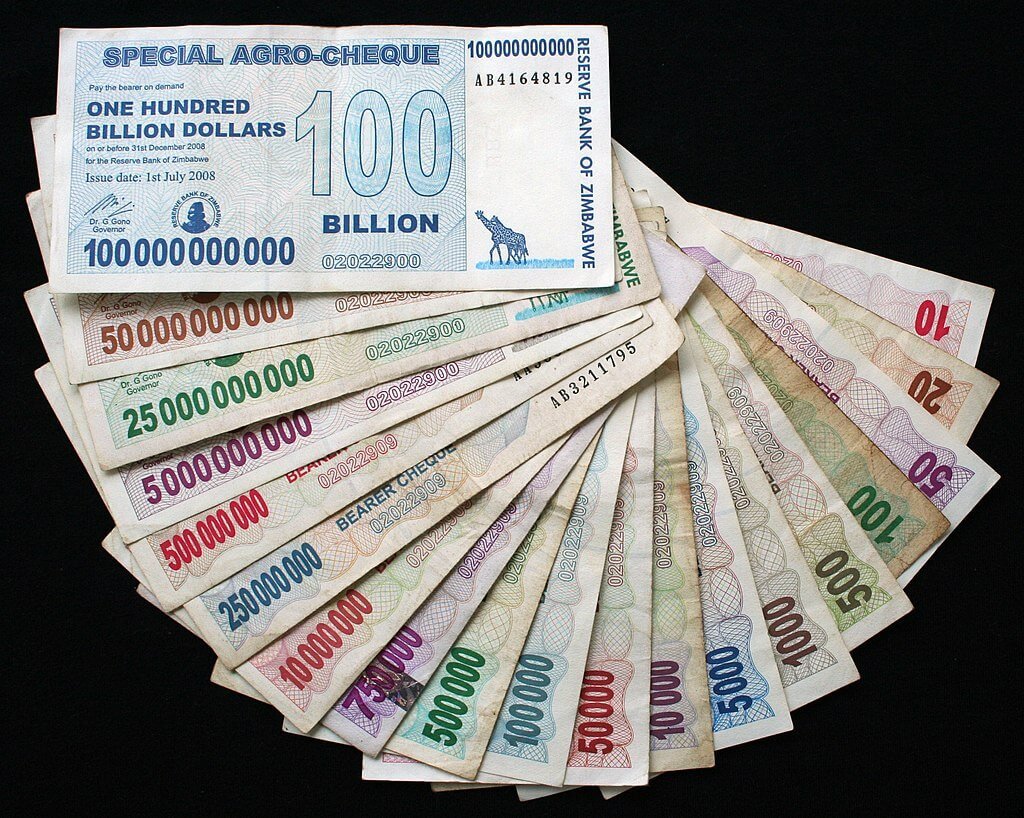
Causes and consequences of the hyperinflation of the Zimbabwe dollar
Corruption and poor management were two of the main causes of Zimbabwe’s economic crisis. The collapse of agricultural production and the decline of important industries were caused by the government’s economic policies, which included excessive spending and land seizures. This, along with widespread corruption and a volatile political environment, created the ideal conditions for hyperinflation to wreck havoc on the economy.
The Zimbabwean government turned to money printing to pay for its extravagant spending, which resulted in an oversupply of new banknotes on the market. However, this only made matters worse because it set off a vicious cycle of price increases and currency devaluations. Unsustainable fiscal practices, such as excessive borrowing and a lack of fiscal restraint, fueled the hyperinflation and damaged the Zimbabwean dollar’s value.
For the people of Zimbabwe, the hyperinflationary environment had terrible consequences. The poverty rate increased as people struggled to pay for necessities. As businesses crumbled under the weight of hyperinflation, unemployment rates skyrocketed. Increased levels of poverty and economic hardship were caused by inflation, which reduced the purchasing power of wages.
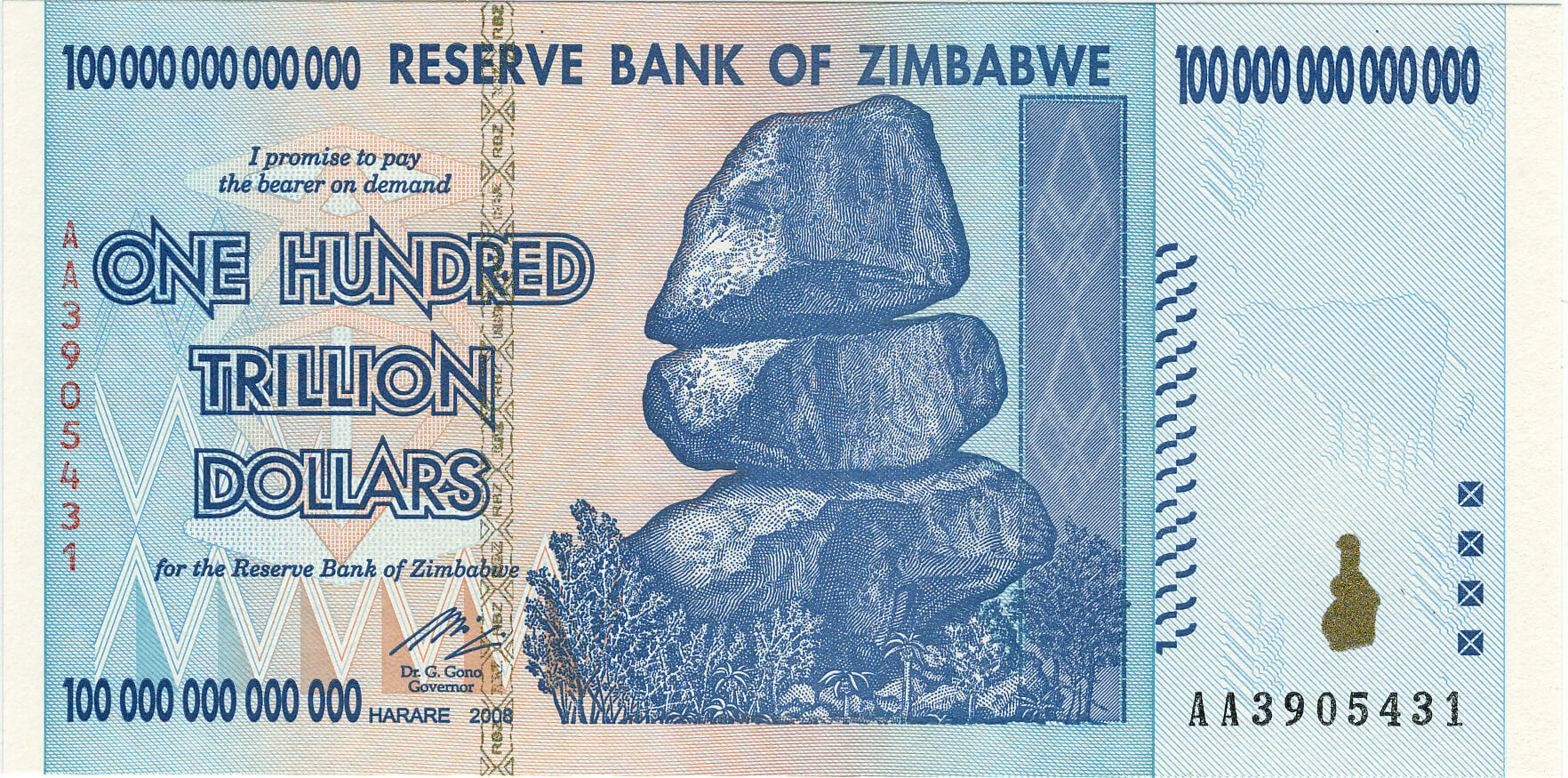
Government interventions and strategies to combat hyperinflation
The Zimbabwean government implemented price controls and subsidies on necessary goods and services in an effort to combat hyperinflation. These interventions, though, frequently had the opposite effect, creating shortages and illicit trade. These actions frequently made it even more difficult for people to access basic necessities rather than stabilizing prices.
The Zimbabwe dollar was pegged to other currencies as part of the government’s efforts to stabilize the exchange rate. However, because of the underlying economic problems and lack of confidence in the local currency, these attempts were largely unsuccessful. Exchange rate volatility kept the economy from recovering and reduced the impact of government initiatives.
Zimbabwe sought international assistance and financial aid during the crisis to stabilize its economy. Organizations like the International Monetary Fund offered aid packages to help the government carry out economic reforms, providing some relief to the nation. These steps, however, were insufficient to fully address Zimbabwe’s underlying economic problems.
Introduction of multiple foreign currencies to stabilize the economy
Zimbabwe switched to using the US dollar as its main currency in 2009 in an effort to reduce hyperinflation and stabilize the economy. This choice increased stability and helped rebuild some monetary system confidence. However, it also brought about problems, such as a lack of actual US dollar bills and restricted authority over monetary policy.
Zimbabwe also added other foreign currencies, like the South African rand and the British pound, as legal tender in an effort to address the shortage of actual US dollars and diversify the country’s monetary system. This multiple-currency system gave the economy more flexibility and improved liquidity.
Initial challenges and benefits of the multi-currency system
Although the use of foreign currencies brought economic stability to Zimbabwe, it also presented difficulties. For both businesses and individuals, fluctuating exchange rates and restricted access to foreign currency created problems. A more stable economic climate and increased foreign investment were two advantages of the multi-currency system, though.
In conclusion, the Zimbabwean dollar’s hyperinflation in 2009 was a terrible incident that caused the country’s people great suffering. This crisis was exacerbated by poor economic management, money printing, and unsound fiscal policies. The government implemented a number of interventions, such as price controls and subsidies, to fight hyperinflation, but these actions were not entirely successful. In the end, the adoption of numerous foreign currencies assisted in stabilizing the economy, despite the fact that it also brought with it a unique set of difficulties.
Phasing out the Zimbabwe dollar: Reasons and challenges
The Zimbabwean government took the risky step of replacing the Zimbabwe dollar, the nation’s legal tender, with a multi-currency system in 2015. After years of hyperinflation, which had effectively rendered the Zimbabwean dollar worthless, this action was taken. The need to stabilize the economy, rebuild public confidence in the financial system, and promote foreign investment all played a role in the decision.
To combat the country’s ongoing hyperinflation, which had been a problem since the early 2000s, was one of the main justifications for the demise of the Zimbabwe dollar. Zimbabwe’s inflation peaked in 2008 at the astounding rate of 500 billion percent. A number of factors, such as excessive government spending, poor economic management, and a drop in agricultural production, contributed to this hyperinflation.
Challenges faced during the currency transition process
Zimbabwe had a difficult time making the switch from a hyperinflated currency to a multi-currency system. Ensuring a seamless exchange of the Zimbabwe dollar for other currencies was one of the biggest challenges. Daily transactions became challenging as a result of the local currency’s declining popularity and reluctance to be accepted as a form of payment by many citizens.
The logistical aspects of phased-out the Zimbabwe dollar posed another difficulty. The government had to organize the removal of the previous currency from use and the introduction of new currency in the form of coins and notes. The public needed to be informed about the new monetary system, and businesses and financial institutions needed to be adequately ready for the transition.
Public sentiment and reactions to the phasing out
Public opinion on the gradual demise of the Zimbabwean dollar was divided. Some people applauded the action because they saw it as a crucial step toward bringing about economic stability and regaining public trust in the financial system. Some people, however, were dubious and concerned about the potential annoyances and disruptions that the currency transition might bring.
Concerns were raised about how it would affect common people, especially those who relied on black market transactions using the Zimbabwean dollar. Some people were concerned that the switch to foreign currencies might result in price increases and make it more difficult for people with lower incomes to afford necessities.
Impact of the currency phasing out on the economy and citizens
The economy and people were significantly affected by the phase-out of the Zimbabwe dollar. Debt and savings were two of the main effects. During the hyperinflationary period, people who had saved money in Zimbabwean dollars saw their savings lose value. The adoption of foreign currencies brought about a sense of stability and value preservation, which helped people regain confidence in saving.
When it came to debt, borrowers who had taken out loans in Zimbabwean dollars were relieved by the transition. The burden of repaying loans in a hyperinflated currency was lifted as the local currency became obsolete. For many people and businesses, this reduced financial stress.
The phase-out of the Zimbabwean dollar contributed to greater financial stability by reestablishing trust in the banking system. People felt more secure keeping their money in banks after the introduction of foreign currencies, which helped to create a stronger and more stable financial environment.
Changes in consumer behavior and business operations
Consumer behavior and business practices both changed as a result of the currency transition. Consumers had to change their mindsets and become accustomed to exchange rates in order to use foreign currencies for regular transactions. As people looked for value for their money in a new economic environment, this change had an impact on consumer preferences and purchasing decisions.
Businesses had to adjust their pricing strategies and get used to the stability that came with using more trustworthy and widely accepted monetary units after adopting foreign currencies. Additionally, it created chances for business growth and global trade because it made doing business with foreign partners easier and more secure.
Social and political implications of the currency transition
The change in currency had broader social and political repercussions for Zimbabwe. It marked a turning point in the economic history of the nation and pointed the way toward a more open and internationally integrated economy. Greater economic ties with neighboring nations were fostered as well as opportunities for foreign investment with the shift to foreign currencies.
Politically, the decision to retire the Zimbabwean dollar showed a readiness to admit past errors and take risky actions to restore the economy. It demonstrated a dedication to drawing lessons from the hyperinflationary experiences and securing a more secure and prosperous future for the country.

Morgan’s Wonderland, the world’s first ultra-accessible amusement park
Gordon Hartman was heartbroken when his special needs daughter, Morgan, was rejected by a group of children playing by the hotel poolside. He then set out to build a place where all children can play together. This led to the development of the world’s first ultra-accessible amusement park, Morgan’s Wonderland

Unique Dining table with a hole for your cat to peek and join you dinner.
Dinos, a Japanese internet shop, has launched a new range of cat furniture, which includes this oak table with a hole in the middle and a perch underneath. It places your cat companion in the center of the table, making your cat the main focus of your meal, as it should be, because cats are the true proprietors of “your” home.

Whang-od Oggay, The legendary tattoo artist from the Philippines
This is Whang-od Oggay, a 106-year-old tattoo artist from the Philippines. She is often described as the last and oldest Kalinga tattoo artist, and has been performing the traditional art of hand-tapped tattoos since the age of 15

Kipekee, the world's only spotless giraffe, was born at Brights Zoo
The world's only spotless giraffe was born at a zoo in the United States. The giraffe born without spots on July 31 is the only one of her kind on Earth.

Woman had no idea she had an identical twin until she saw a 'lookalike' on YouTube
When Anais Bordier saw a YouTube video of Samantha Futerman, who looked exactly like her, she messaged her on Facebook and discovered they were both adopted and born on the same day. They were identical twins who had been separated at birth and had found each other by chance and on social media.

A Pilot Survived 20 Minutes Outside A Flying Jet
In 1990, the captain of flight 5390 Timothy Lancaster got sucked out of his own plane when the window of the plane fell off. The crew held the captain’s leg for 30 minutes while the plane performed emergency landing. Everyone survived.

Mystery of 300-year-old mummified mermaid is being probed
There is a 300-year-old mummified mermaid with 30 centimetres tall and features a human-like head, two hands with what appear to be fingernails, and its lower body that look like a fish tail. The “mermaid mummy” is being probed by Japanese scientists in an attempt to unravel the mystery of its existence.

Troy Leon Gregg: the death row inmate murdered the same night he escaped
In July 1980, Troy Leon Gregg escaped from Georgia State Prison the night before his execution. However, he was killed in a fight in a bar just a few hours later.

Restaurant owner offers burglar a job rather than filing charges
On April 13, 2021, Diablo’s Southwest Grill was robbed, but instead of pressing charges, owner Carl Wallace decided to offer the burglar a job in his business and said “There are better opportunities out there than this path you’ve chosen,”.

From Ocean Trash to Trendy Kicks: Adidas Sells 1 Million Eco-Friendly Shoes Made from Plastic Bottles
Adidas has sold over 1 million eco-friendly shoes made from ocean plastic. Each pair reuses the equivalent of 11 plastic bottles

A subway in Chongqing passes through a building (images)
A train has been constructed through an apartment complex in Chongqing, China. The 19-story residential structure is not only passed by the light rail passenger train, but it also serves as a transit stop. Apartment residents can simply get a ride from the sixth to eighth levels.

How Being Bugs Bunny Helped This Voice Actor Out of Coma
Mel Blanc; the voice of Bugs Bunny, had been in a serious car accident that put him in a coma. After many unsuccessful attempts to get him to talk, a doctor asked “Bugs, can you hear me” Mel responded in the voice of bugs bunny, “Whats up, Doc? The doctors used this to lead him out of his coma.

ILOVEYOU Virus, the worst computer virus of all time
The ILOVEYOU Virus, also known as Love Letter for You or Love Bug, had a high infection rate due to its ability to spread itself by copying entries from users' email address books. It is a virus that was created in 2000 by a college student in Manilla, Philippines, and was recognized by the Guinness Book of World Records as the worst computer virus of all time, causing more damage than anything before it.

Frank Lentini, The Three-Legged Sideshow Performer
Francesco Lentini was a man with three legs, four feet, sixteen toes, and two sets of functional male genitals. He worked for the circus and lived to be 78 years old.

New York installs first offshore wind turbine to power 70,000 homes
New York State has achieved a historic milestone in its clean energy transition by installing the first wind turbine at its first offshore wind farm, South Fork Win.

How 'Brad's Drink' Became Pepsi-Cola
Pepsi was first introduced as “Brad’s Drink” in New Bern, North Carolina, United States, in 1893 by Caleb Bradham, who made it at his drugstore where the drink was sold. It was renamed Pepsi Cola in 1898, named after the digestive enzyme pepsin and kola nuts used in the recipe.

The beauty and uniqueness of Fukang Meteorite
This Fukang meteorite is around 4.5 billion years old and weighs more than 2,000 pounds. It was discovered in China in 2014 and is assumed to have formed when our solar system initially formed.

Croatian teenager wakes up from coma speaking fluent in German In 2010
In 2010, a Croatian teenager awoke from a coma to discover she could no longer speak Croatian but was fluent in German, a language she had just recently begun studying at school in the United Kingdom. reports in the press

24-year-old burglar beaten by retired boxer victim
A 24-year-old knife-wielding burglar attempted to get into the home of a 72-year-old senior in Oxford, England, in 2009, but was left battered, bruised, and pinned to the ground. Frank Corti, the elderly, turned out to be a former boxing champion.

The world’s longest flight spent more than two months in the air
Roberts Timm and Jim Cook, two pilots, flew an aircraft for more than two months without landing in 1958. Matching the speed of a truck moving down the road to refuel. A mattress for sleeping, a small steel sink for personal hygiene, the removal of most interior fittings to reduce weight, and a basic autopilot were among the improvements.

Mom hears son's heartbeat 3 years after his death when she meets organ recipient
She agreed to donate her son's organs after his sudden death in June 2013 at the age of 7 months. The grieving mother was able to listen to her late son’s heart beating inside the little girl who received the organ after his death.

A man joins a search operation without realizing he is the missing person
Beyhan Mutlu, a Turkish national, was reported missing by local media and unintentionally joined search teams looking for himself in a forest. He was drunk and lost in the woods when he ended up in a group with others looking for himself.

The Inspiring Journey of Francis Tsai, Marvel Comics artist diagnosed with ALS
Francis Tsai, an American illustrator and conceptual artist who worked for Marvel Comics, was diagnosed with ALS in 2010. After he lost the ability to move his hands and arms, he started painting digitally on his cellphone with his right big toe. After he could not move his feet anymore, he began using eye-gaze technology to keep drawing.

A story of a man Survived Inside Sunken Ship For Three Days
A man survived a sunken ship for nearly three days, 279 feet underwater and in complete darkness, while listening to fish eat the bodies of his shipmates.

Who invented the three-point seat belt?
While employed by Volvo in 1959, Swidish engineer Nils Bohlin created the three-point safety belt. Volvo first had the design patented, but soon as they discovered its importance as a new safety measure, they made the patent open to everyone. Millions of lives were genuinely spared by Volvo’s gift to the world.

